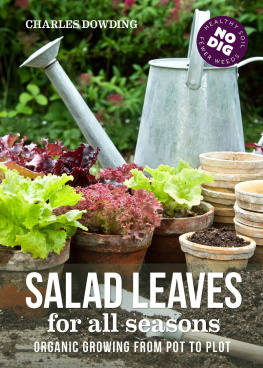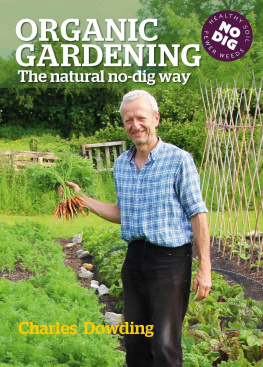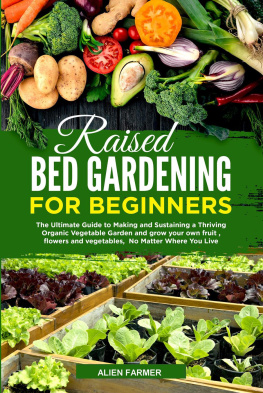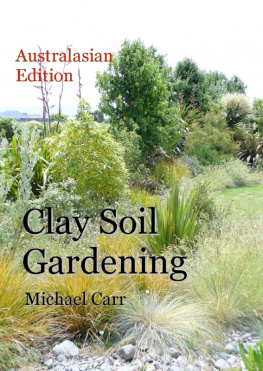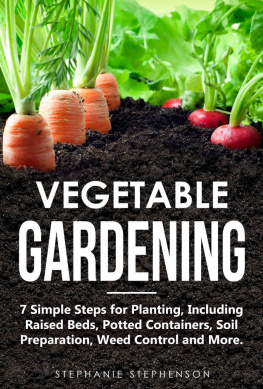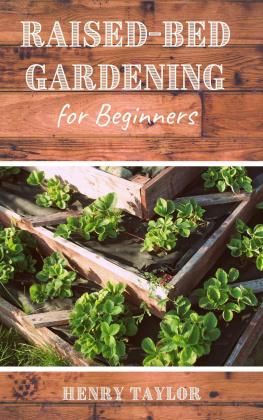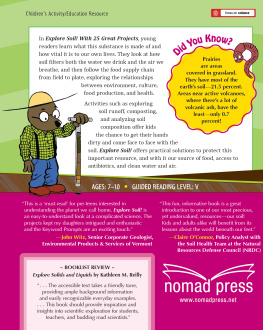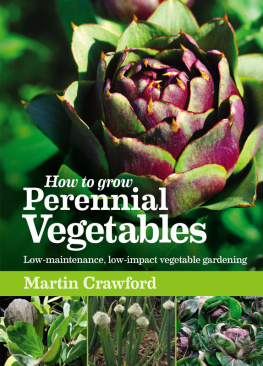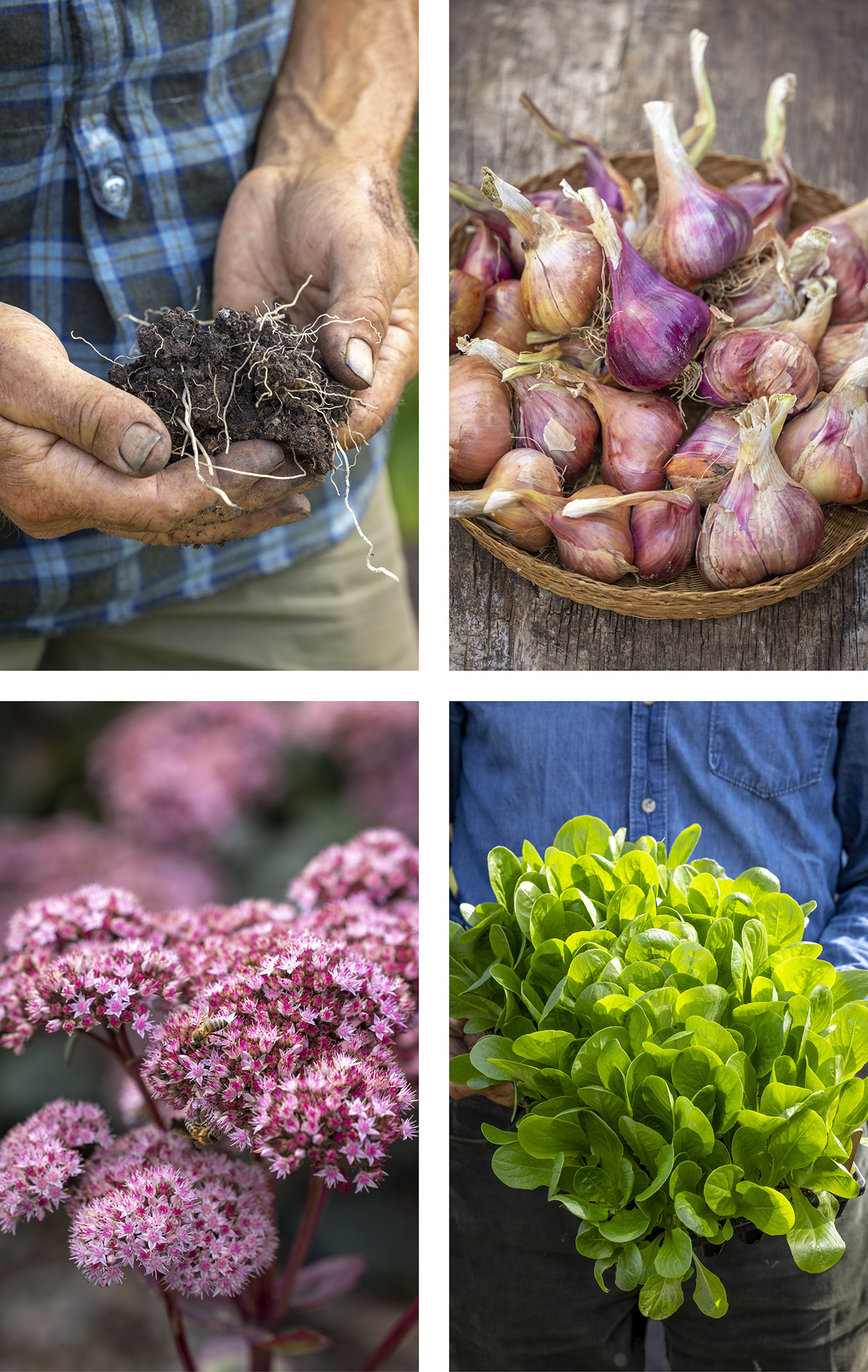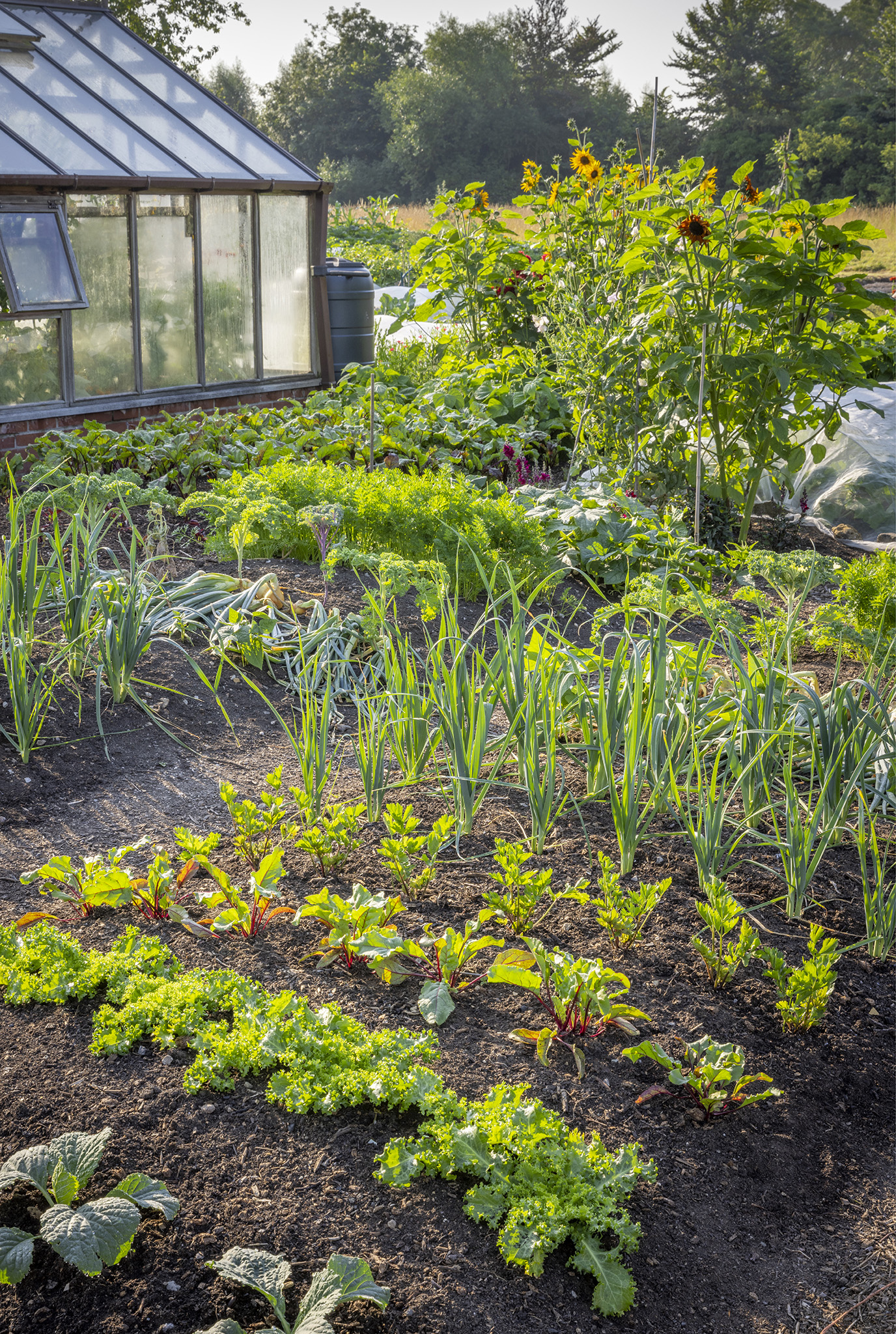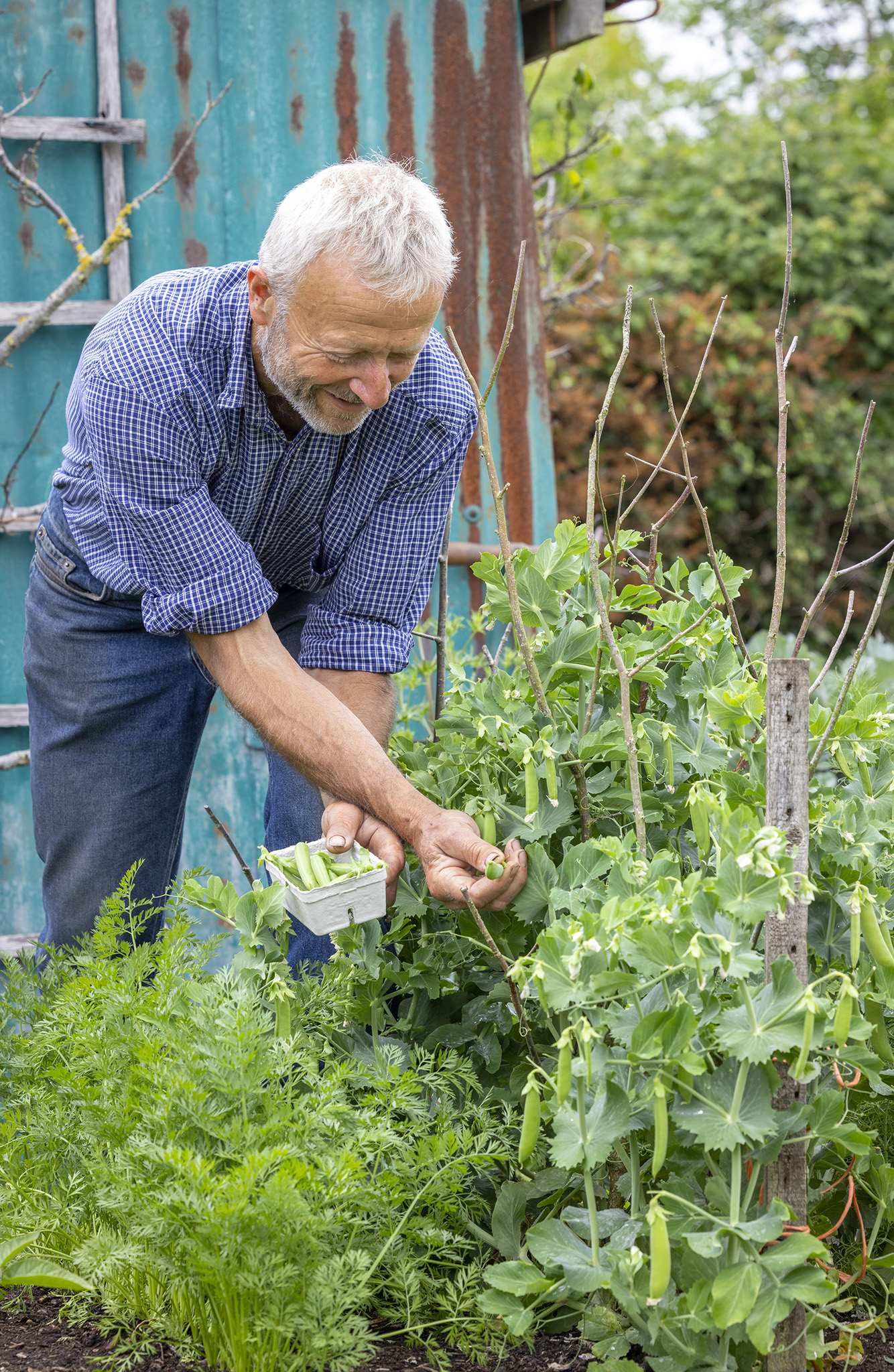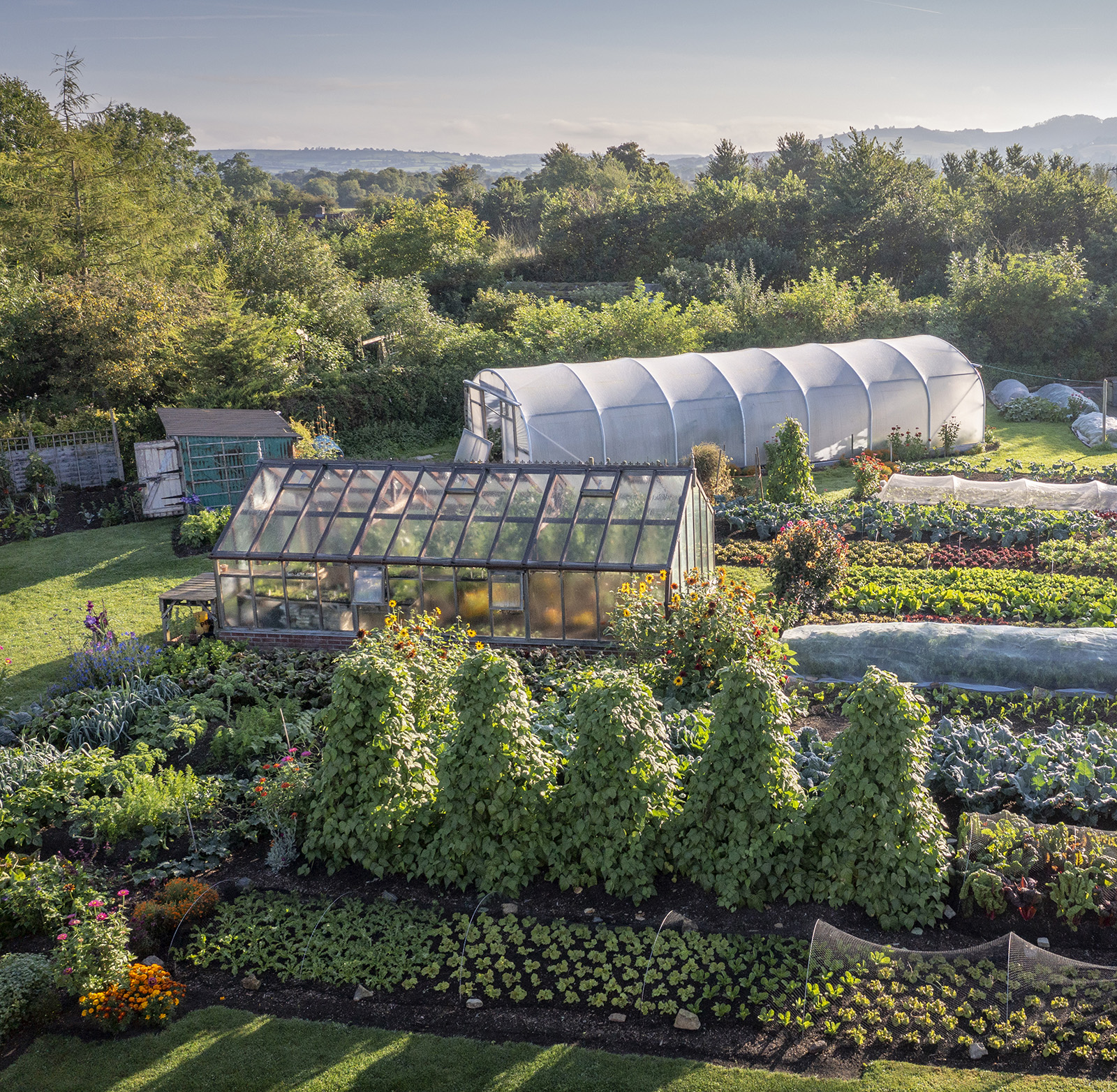Charles Dowding - No Dig: Nurture Your Soil to Grow Better Veg with Less Effort
Here you can read online Charles Dowding - No Dig: Nurture Your Soil to Grow Better Veg with Less Effort full text of the book (entire story) in english for free. Download pdf and epub, get meaning, cover and reviews about this ebook. year: 2022, publisher: DK, genre: Home and family. Description of the work, (preface) as well as reviews are available. Best literature library LitArk.com created for fans of good reading and offers a wide selection of genres:
Romance novel
Science fiction
Adventure
Detective
Science
History
Home and family
Prose
Art
Politics
Computer
Non-fiction
Religion
Business
Children
Humor
Choose a favorite category and find really read worthwhile books. Enjoy immersion in the world of imagination, feel the emotions of the characters or learn something new for yourself, make an fascinating discovery.
- Book:No Dig: Nurture Your Soil to Grow Better Veg with Less Effort
- Author:
- Publisher:DK
- Genre:
- Year:2022
- Rating:3 / 5
- Favourites:Add to favourites
- Your mark:
No Dig: Nurture Your Soil to Grow Better Veg with Less Effort: summary, description and annotation
We offer to read an annotation, description, summary or preface (depends on what the author of the book "No Dig: Nurture Your Soil to Grow Better Veg with Less Effort" wrote himself). If you haven't found the necessary information about the book — write in the comments, we will try to find it.
Work in partnership with nature to nurture your soil for healthy plants and bumper crops - without back-breaking effort!
Have you ever wondered how to transform a weedy plot into a thriving vegetable garden? Well now you can!
By following the simple steps set out in No Dig, in just a few short hours you can revolutionise your vegetable patch with plants already in the ground from day one!
Charles Dowding is on a mission to teach that there is no need to dig over the soil, but by minimising intervention you are actively boosting soil productivity. In fact, The less you dig, the more you preserve soil structure and nurture the fungal mycelium vital to the health of all plants. This is the essence of the No Dig system that Charles Dowding has perfected over a lifetime growing vegetables.
So put your gardening gloves on and get ready to discover:
- Guides and calendars of when to sow, grow, and harvest.
- Inspiring information and first-hand guidance from the author
- Delve deeper features look in-depth at the No Dig system and the facts and research that back it up.
- The essential role of compost and how to make your own at home.
- The importance of soil management, soil ecology, and soil health.
Now one of the hottest topics in environmental science, this wood-wide web has informed Charless practice for decades, and hes proven it isnt just trees that benefit - every gardener can harness the power of the wood-wide web. Featuring newly- commissioned step-by-step photography of all stages of growing vegetables and herbs, and all elements of No Dig growing, shot at Charless beautiful market garden in Somerset, you too will be able to grow more veg with less time and effort, and in harmony with nature - so join the No Dig revolution today!
A must-have volume for followers of Charles Dowding who fervently believe in his approach to low input, high yield gardening, as well as gardeners who want to garden more lightly on the earth, with environmentally friendly techniques like organic and No Dig.
Charles Dowding: author's other books
Who wrote No Dig: Nurture Your Soil to Grow Better Veg with Less Effort? Find out the surname, the name of the author of the book and a list of all author's works by series.


